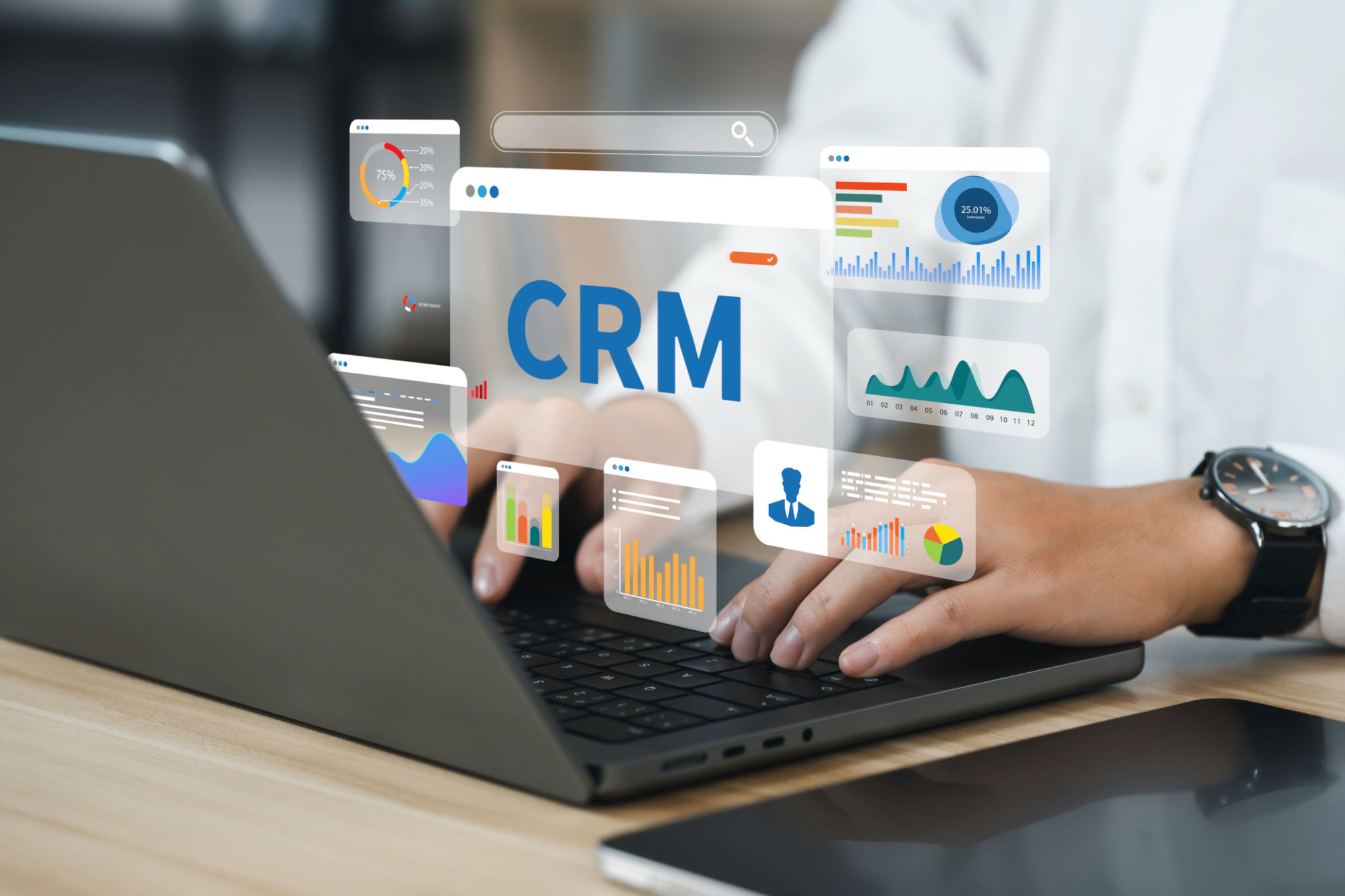The Ultimate Guide to Sales Enablement: Strategies for Business Growth
In today's competitive business environment, sales enablement has become a crucial strategy for driving growth and enhancing productivity. It involves equipping your sales team with the necessary tools, content, and information to sell effectively. Let's delve into the key strategies that can help your business achieve remarkable success through sales enablement.

Understanding Sales Enablement
At its core, sales enablement is about aligning your sales and marketing teams to ensure they work seamlessly. This alignment helps in creating a consistent message, improving communication, and ultimately driving more sales. It's not just about providing resources; it's about delivering the right resources at the right time.
Key Components of Sales Enablement
Effective sales enablement involves several components:
- Content Development: Creating relevant and valuable content that addresses the needs of your target audience.
- Training and Coaching: Offering continuous training to enhance the skills and knowledge of your sales team.
- Technology Integration: Utilizing the latest tools and platforms to streamline processes and improve efficiency.

Strategies for Implementing Sales Enablement
Implementing a successful sales enablement strategy requires a structured approach. Here are some strategies to consider:
Develop a Clear Plan
Start by defining your objectives and KPIs. A clear plan helps in understanding what success looks like and how to measure it. Ensure that your goals are specific, measurable, achievable, relevant, and time-bound.
Leverage Technology
Invest in sales enablement platforms that offer analytics, CRM integration, and content management. These tools can help your team access information quickly, track performance, and identify areas for improvement.

Creating a Culture of Continuous Improvement
Fostering a culture of continuous improvement is vital for the long-term success of sales enablement. Encourage feedback, celebrate successes, and learn from failures. Regularly update your strategies to keep pace with market changes and customer expectations.
Measure and Optimize
Consistently track the performance of your sales enablement initiatives. Use data analytics to understand what’s working and what’s not. This insight allows you to make informed decisions and optimize your strategies for better results.

In conclusion, sales enablement is not a one-time effort but a continuous journey of improvement. By implementing these strategies, businesses can empower their sales teams, enhance customer relationships, and ultimately drive growth. Embrace sales enablement today and watch your business soar to new heights.